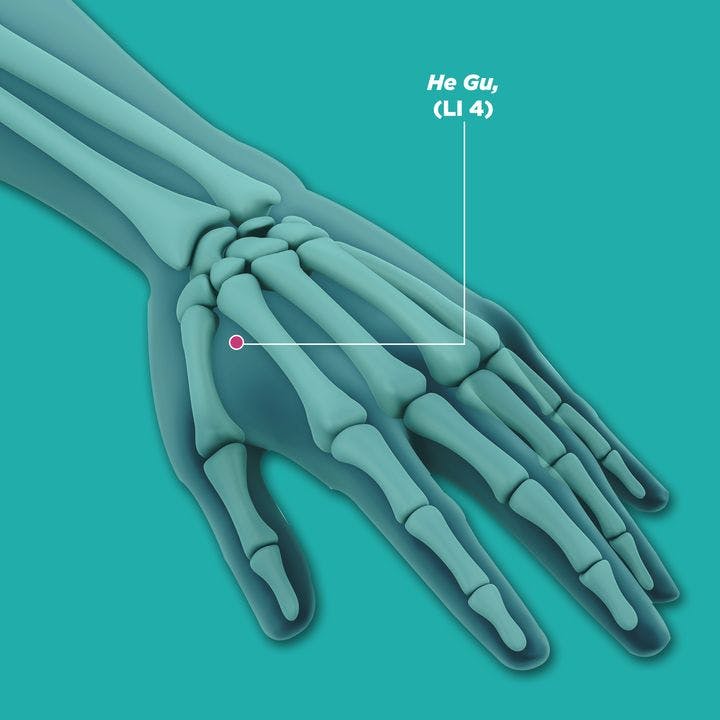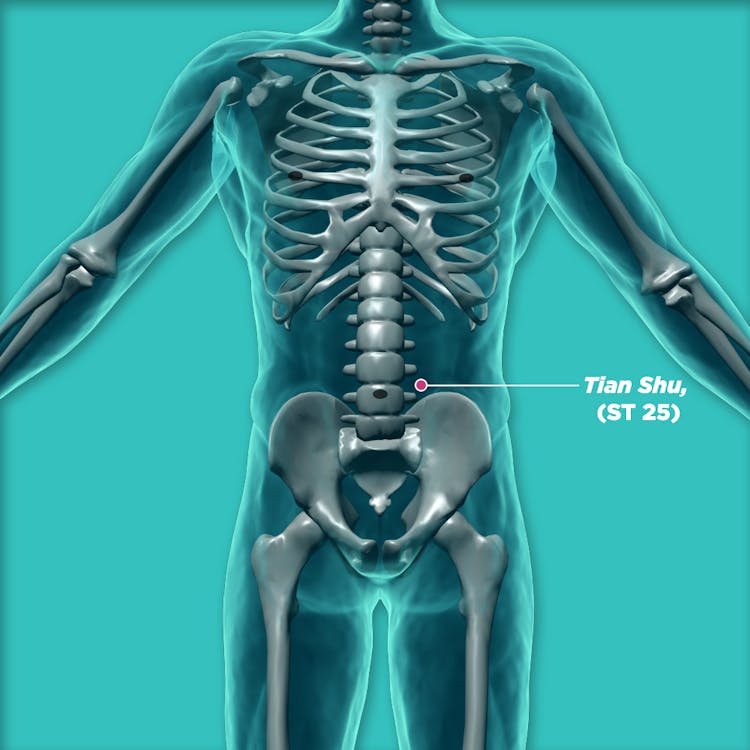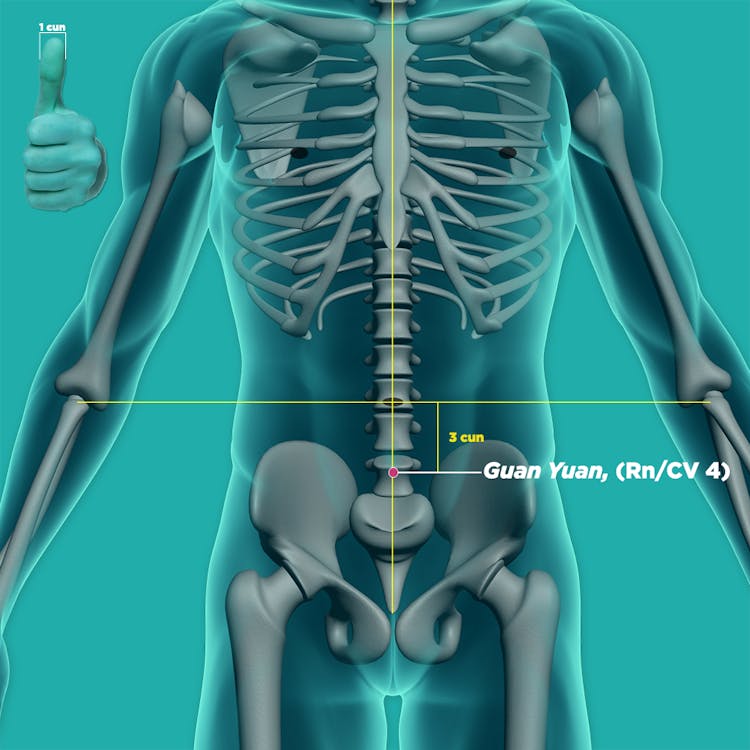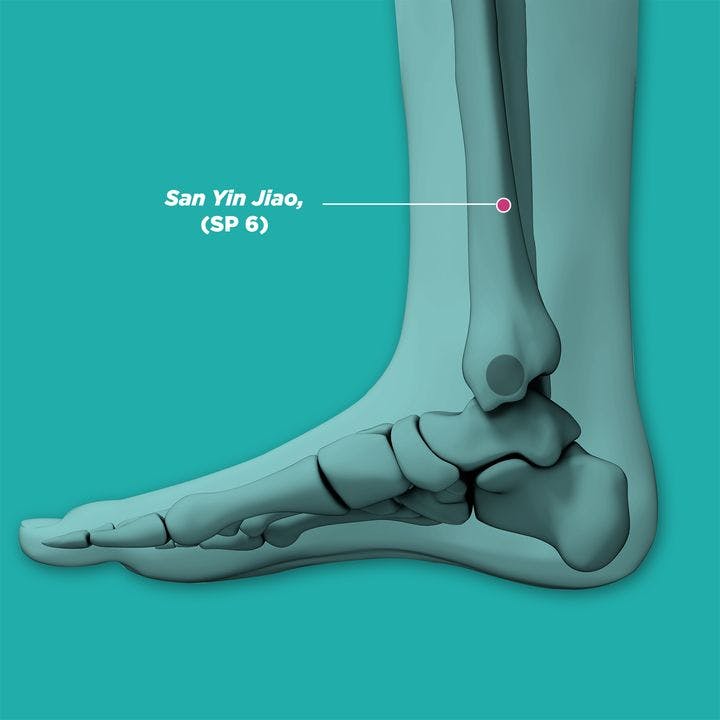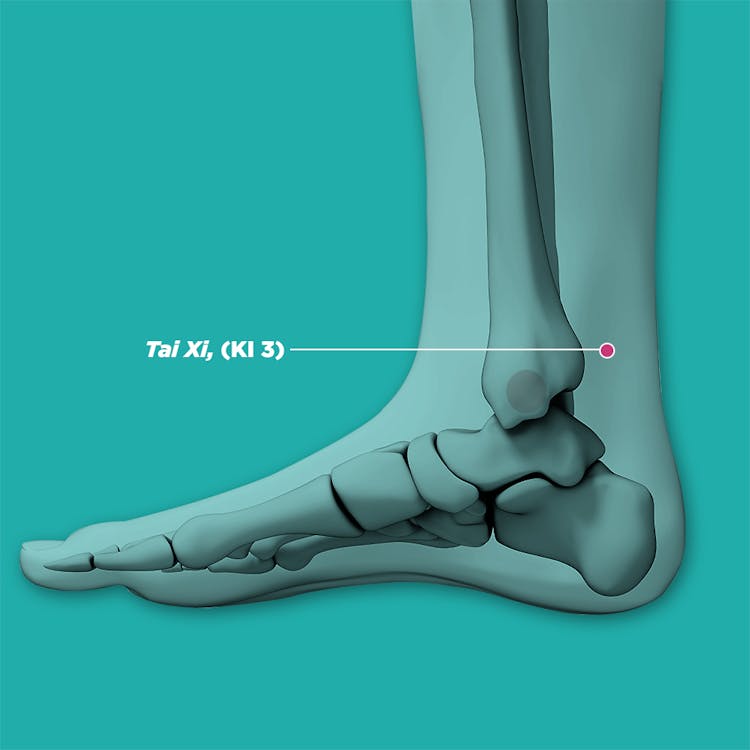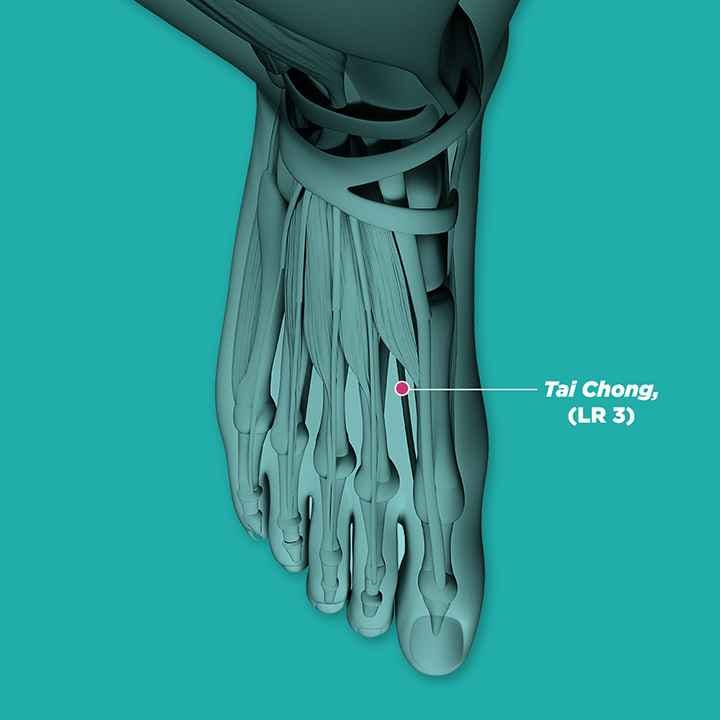Reviewed by Veena Angle, MBBS, MD and Physician Brandon Yew
Classification of Cleft Lip and Palate: How to Prevent it
Published | 7 min read
A cleft lip and palate are common birth defects. Learn about the classification of cleft lip and palate and how to prevent it.
A cleft lip and palate are common birth defects that develop when facial structures don’t close properly during the development of an unborn baby. Almost one baby in every 700 live births suffers from a cleft lip or palate. The classification of cleft lip and palate depends on whether it’s associated with other genetic conditions or syndromes and the structural abnormality.
Having a baby born with a cleft lip or palate can be emotional for parents. However, surgery can restore a normal appearance to babies with minimal scarring. Read on to know more about the classification of cleft lip and palate, treatment and what you can do to prevent the defect.
Classification of Cleft Lip and Palate

A cleft lip and palate may occur as a part of genetic syndromes or as isolated defects. The defect is classified as syndromic or non-syndromic cleft lip and palate
- Cleft lip and alveolus
- Cleft palate
- Incomplete, one-sided cleft lip and palate
- Complete one-sided cleft lip and palate
- Complete cleft lip and palate on both the sides
The defect may be identified in ultrasonography examinations before birth. The split in the lip or palate is usually immediately identifiable at birth. It’s noticed as a split in the lip and roof of the mouth or palate that may affect one or both sides of the face. The cleft appears as a small gap in the lip or may extend through the gums and palate to the bottom of the nose.
The classification of cleft lip and palate also includes the submucous cleft palate, when the split occurs only in the muscles of the soft palate. As the defect is at the back of the mouth and covered by the mouth’s lining, this type of defect usually goes unnoticed at birth. It’s only diagnosed when the baby shows symptoms. Cleft lip and palate symptoms include difficulty with feeding, swallowing, a nasal voice, and chronic ear infections.
Cleft Lip Prevention

Western medicine and Traditional Chinese Medicine (TCM) practitioners agree that good antenatal care is key to preventing a cleft lip and palate.
“TCM can help address prenatal imbalances through TCM dietary therapy, herbal medication, acupuncture, cupping, gua s
He advises pregnant women to consult a qualified TCM physician for proper assessment as pregnancy is a sensitive and high-risk phase, requiring high levels of care and caution.
Prenatal care
There is considerable evidence that expectant mothers who smoke and consume alcohol during pregnancy are at a higher risk of having babies with a cleft lip or palate. Avoid these habits during pregnancy and take this opportunity to quit smoking altogether.
Take
Herbal remedies
Physician Yew recommends the following herbal remedies to address prenatal imbalances:
- Wu Bi Shan Yao Wan (无比山药丸): Boosts Kidneys’ yang, addresses Kidney Deficiencies
- Ba Zhen Tang (八珍汤): Boosts Spleen qi and Liver blood, addresses Spleen and Liver Deficiencies
- Cang Fu Dao Tan Tang (苍附导痰汤): Dispels
Dampness , phlegm and Qi Stagnation from the Spleen, Liver and uterus - Shao Fu Zhu Yu Tang (少腹逐瘀汤): Dispels blood clots from the Liver and uterus
- Si Miao Wan (四妙丸): Dispels Heat and Dampness from the Liver, Kidneys and uterus
- Xiao Yao San (逍遥散): Dispels Dampness, Qi Stagnation and blood clots; boosts qi and blood to strengthen Spleen and nourish Liver
Herbs can also be used for wound healing after corrective surgery for cleft lip and palate. Physician Yew suggests the following:
Astra galus root (huang qi, 黄芪): Replenishes lost qi, promotes faster and better wound healingAn gelica sinensis (dang gui, 当归): Replenishes lost blood, promotes faster and better wound healing- Dragon’s blood (xue jie, 血竭): Dispels blood clots, arrests bleeding, and promotes faster and better wound healing
Radix ampelopsis (bai lian, 白蔹): Neutralises Heat toxins, arrests bleeding and promotes faster and better wound healing
Acupressure
Physician Yew recommends acupressure, which is an easy self-remedy that you can practise at home. Use your fingers or a massage stick to apply pressure on certain acupoints. Massage each point in the clockwise and anticlockwise direction, 20 times each. Repeat for at least three minutes per acupoint.
He suggests massaging the following acupoints before pregnancy. Avoid massaging them during pregnancy:
- He gu (LI4,合谷): Dispels Heat, Dampness, phlegm,
Stagnated Qi and blood clots from the Liver - Hou xi (SI3, 后溪): Dispels Heat,
Dampness , phlegm, stagnated qi and blood clots from theKidneys - Lie que (LU7, 列缺): Dispels Heat, Dampness, phlegm, stagnated qi and blood clots from the Liver and Kidneys
- Tian shu (ST25, 天枢): Dispels Heat, Dampness, phlegm and stagnated qi from the Spleen
- Shui dao (ST28, 水道): Dispels Heat, Dampness, phlegm, and stagnated qi from the Spleen, Liver and Kidneys
- Guan yuan (RN4, 关元): Revitalises Kidney qi and yang to dispel Cold, Dampness, phlegm, blood clots, stagnated qi and fluids
- Qi hai (RN6, 气海): Revitalises Kidney qi and yang to dispel Cold, Dampness, phlegm, blood clots, stagnated qi and fluids
- Dai mai (GB26, 带脉): Dispels Cold, Heat, Dampness, phlegm, stagnated qi and blood clots from the Liver and Kidneys
- Zu san li (ST36, 足三里): Strengthens Spleen qi to dispel Dampness, phlegm and stagnated qi
- Yin ling quan (SP9, 阴陵泉): Strengthens Spleen qi to dispel Heat, Dampness and phlegm
- San yin jiao (SP6, 三阴交): Strengthens Spleen qi, revitalises Liver and Kidneys; dispels Heat and Dampness
- Tai xi (KI3, 太溪): Revitalises Kidneys and dispels Dampness
- Tai chong (LR3, 太冲): Revitalises and soothes Liver to dispel Heat, Dampness, blood clots and stagnated qi
A qualified TCM practitioner will be able to perform acupuncture during a session, which is a more
Physician Yew advises not to self-medicate without proper professional guidance as pre-existing symptoms might worsen or give rise to complications, posing danger to pregnancy. Hence, always seek professional help from a licensed TCM practitioner, in conjunction with your obstetrician.
Now that you’re aware of the classification of cleft lip and palate and know the traditional methods of restoring imbalances during pregnancy, you can use this knowledge to help lower the risk of this condition.
References
- Nature Reviews Genetics. 2011. Cleft lip and palate: Understanding genetic and environmental influences. [Accessed on 11 August 2022]
- CDC. 2020. Facts about cleft lip and cleft palate. [online] Available at: https://www.cdc.gov/ncbddd/birthdefects/cleftlip.html [Accessed on 11 August 2022]
- Lancet. 2009. Cleft lip and palate. [Accessed on 11 August 2022]
- The Lancet. 2019. Environmental risk factors for cleft lip and palate in low-resource settings: A case-control study. [Accessed on 11 August 2022]
Share this article on


